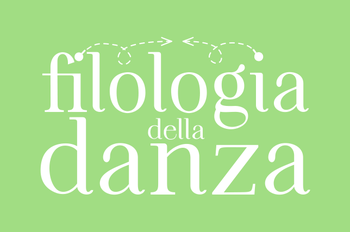
In parallel with the work on critical editions, the respective editors are carrying out a series of practical workshops to test on dancers’ bodies what has been hypothesized on paper. In some cases, the workshops have led to performative outcomes (see the Ballet Reconstruction section).
Since August 2022, Stefania Ballone and Marco Argentina (joined in April 2023 by Francesco Mascia) have been collaborating on the practical reconstruction of the choreography of Le Réveil de Flore by Marius Petipa (music by Riccardo Drigo, Grand Palace Theatre of Peterhof, Saint Petersburg, 1894).
The work stems from the critical edition of the ballet produced by Marco Argentina for his doctoral dissertation—a single-witness critical edition based on the choreographic score in Stepanov notation, preserved in the Sergeev Collection, Houghton Library, Harvard University (MS Thr 245, 45).
Stefania Ballone and Francesco Mascia “test” on their own bodies what Marco Argentina has transcribed and “translated” onto paper.
Beyond establishing a material reconstruction of Le Réveil de Flore in its earliest version, the work also serves to verify the accuracy of the paper edition. Indeed, the execution by two professional dancers sometimes reveals misinterpretations in the transcription, for instance, when a movement proves anatomically unfeasible.
See Ballet Reconstruction, Le Réveil de Flore.
During 2022–2023, Matteo Ferraresso, under the supervision of Elena Randi, worked on the critical edition of Colombina’s variation—created for Olga Preobrazhenskaya and included in the second act of Les Millions d’Arlequin by Marius Petipa—which became part of his Master’s thesis in Performing Arts at the University of Padua.
The pages containing Colombina’s variation (MS Thr 245, 52, seq. 69 and 70) are the only ones in the entire choreographic score at Harvard’s Houghton Library to be annotated with extraordinary detail, including not only the leg movements but also indications for the torso, head, and arms.
In April 2024, Roberta Pagliaro, former dancer with Aterballetto in Reggio Emilia, collaborated on the material reconstruction of the original, technically complex choreography, following rigorous philological criteria.
In 2023, Stefania Onesti and Silvia Zanta, coordinated by Elena Randi, worked on the critical edition of the third scene of Act I of Les Millions d’Arlequin by Marius Petipa and Riccardo Drigo (Mariinsky Theatre, 1900).
The paper-based work then led to a physical reconstruction of the original choreography for the Repertoire course in the Classical Biennium at the Accademia Nazionale di Danza in Rome, directed by Alessandra Alberti.
The workshop was structured into three online meetings (about six hours), during which Elena Randi explained how to set up a critical edition for dance and provided essential historical coordinates for understanding the ballet under study, while Stefania Onesti introduced the basics of Stepanov notation. Each lecture included a practical segment in which Onesti demonstrated the choreography herself.
During seven in-person hours at the Accademia Nazionale di Danza, the third scene was entirely restaged according to rigorous philological principles, without alterations or simplifications, except for spatial adjustments, which had to be adapted to the number of dancers available (12 women, as opposed to the 32 performers required by the original choreographic score).
See Ballet Reconstruction, Les Millions d’Arlequin.
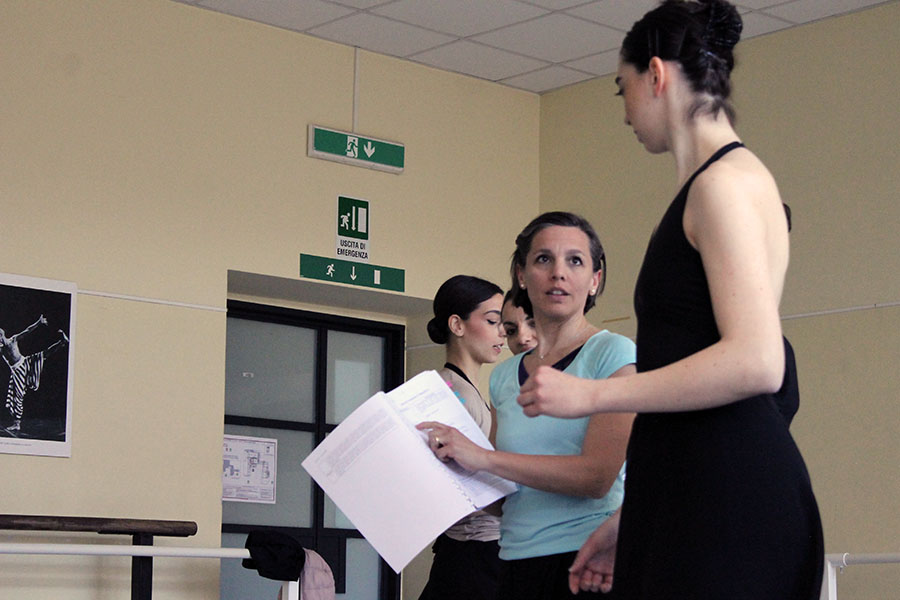
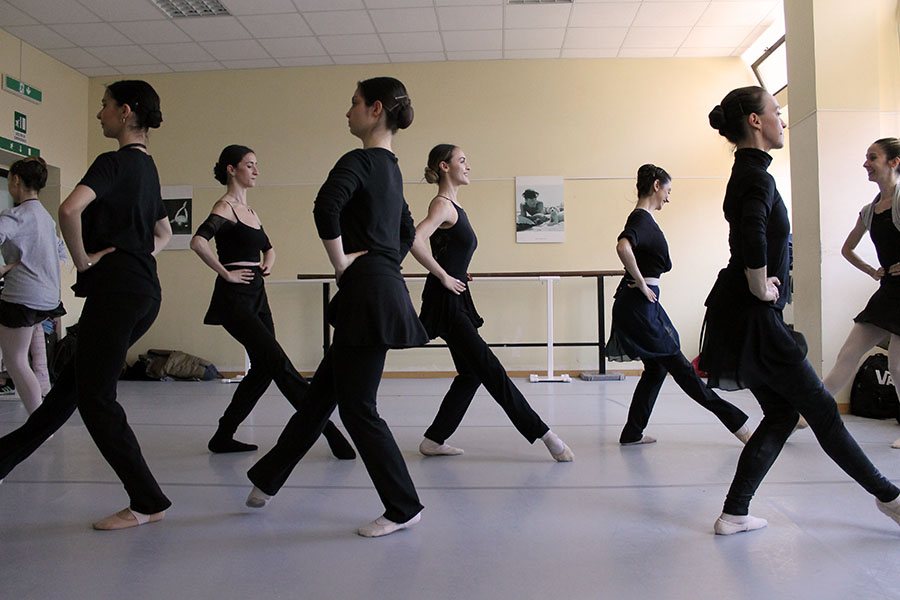
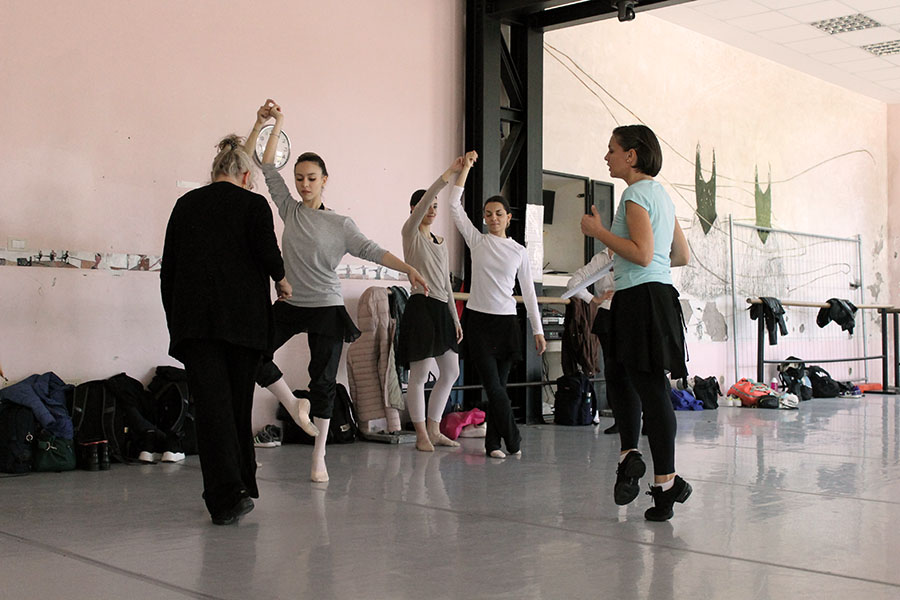
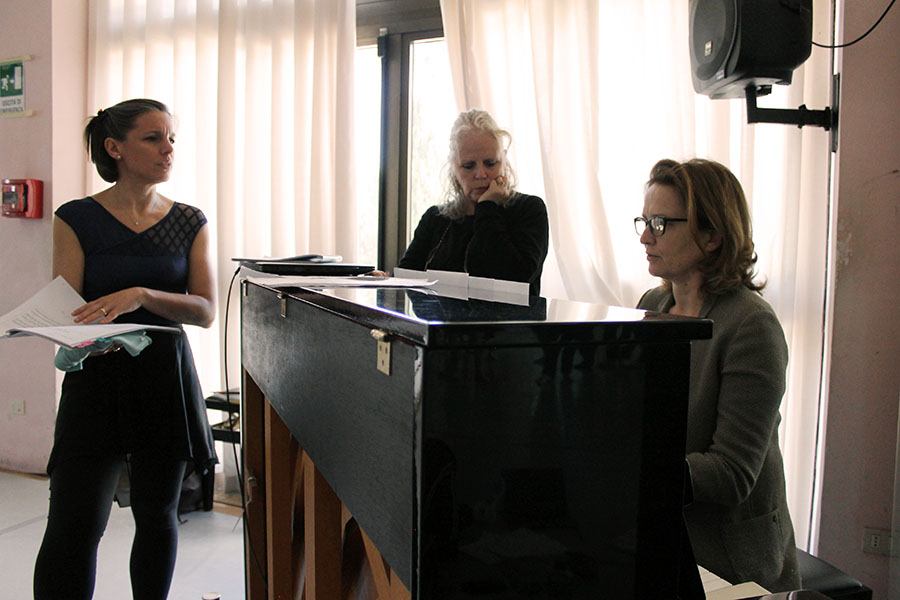
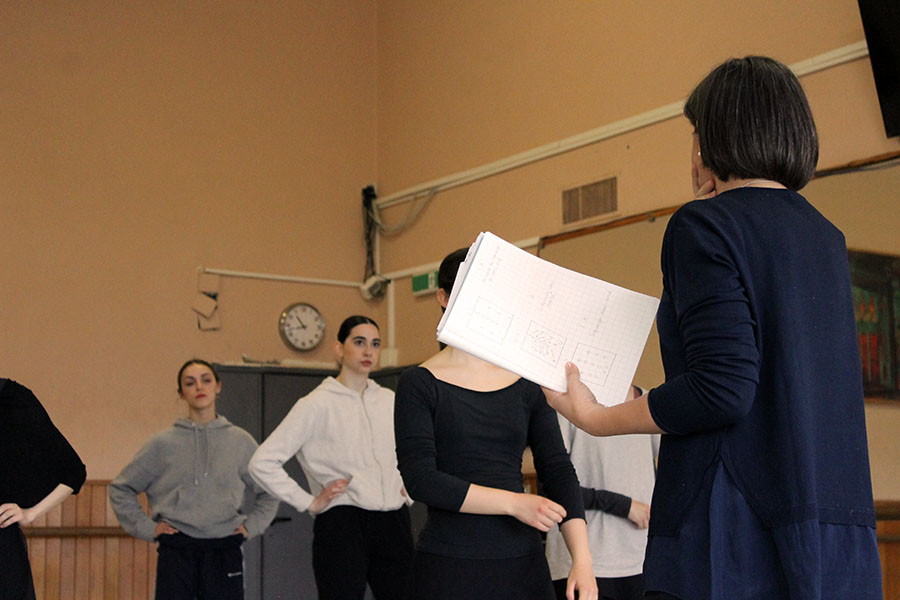
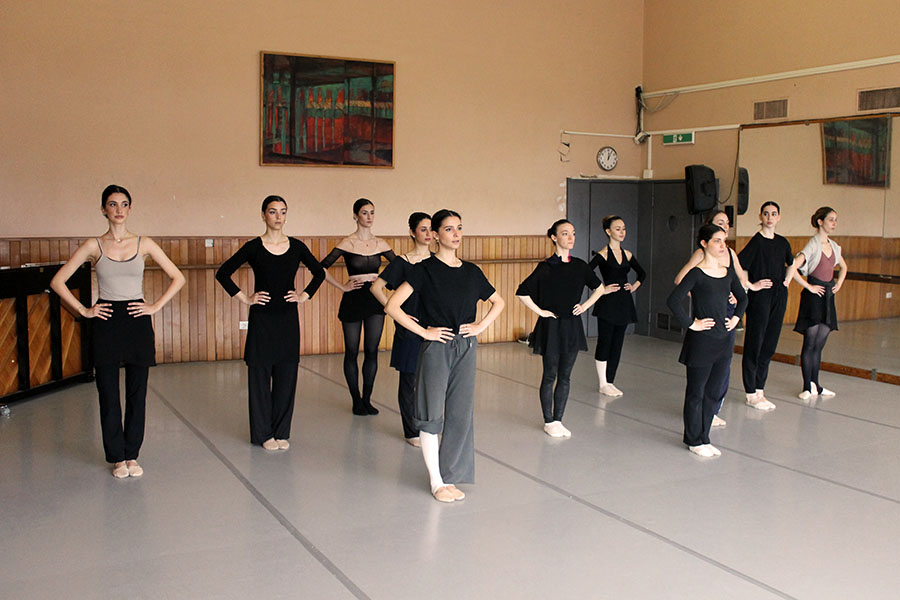
In November and December 2024, Silvia Zanta collaborated with Stefania Ballone and Francesco Mascia on the practical reconstruction of the choreography of Giselle. Specifically, the two artists danced selected excerpts from the Bacchanale and the Grand Pas de deux of Giselle and Albrecht from Act II.
Both the version staged by Henri Justamant in 1858 in Lyon—almost certainly corresponding to, or very close to, the original 1841 version of Giselle—and the version by Marius Petipa, mounted in 1903 for Anna Pavlova at the Mariinsky Theatre, were reconstructed (see Ballet Reconstruction, Giselle).